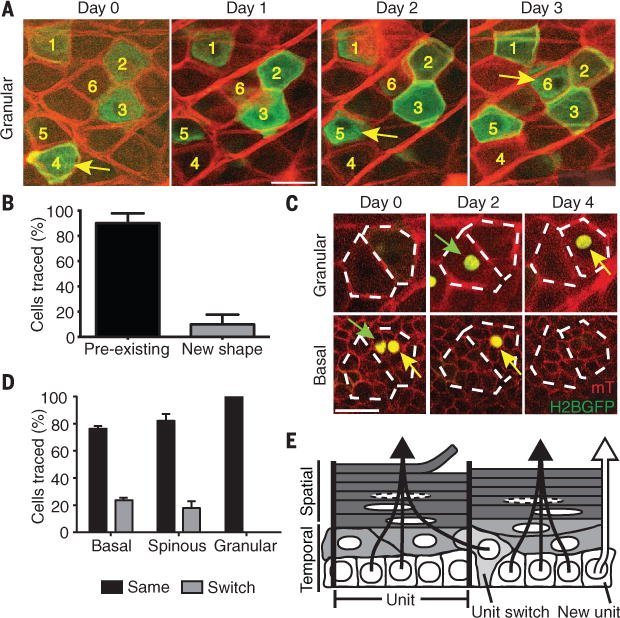Fig. 4. Basal cells transit into preexisting epidermal differentiation units.

(A) Optical section of a single plane of the top granular layer of the epidermis, taken over 3 days, depicting individually labeled differentiating cells as they transit through at different time points. The majority of differentiating cells arrive at the same space as their predecessors (yellow arrows), as indicated by the unchanging cell boundaries. (B) Quantification of epidermal differentiation behaviors (n = 40 cells); error bars represent SD. (C) Representative examples of differentiating epidermal cells switching or integrating into existing units (green and yellow arrows, respectively). (D) Quantification of the frequency of unit switching for each epidermal layer (n = 40 cells); Error bars represent SD. (E) Schematic for epidermal homeostasis. Basal stem cells stochastically commit to differentiation and transit through the suprabasal layers by predominately using existing columnar units. Scale bars, 25 μm.
